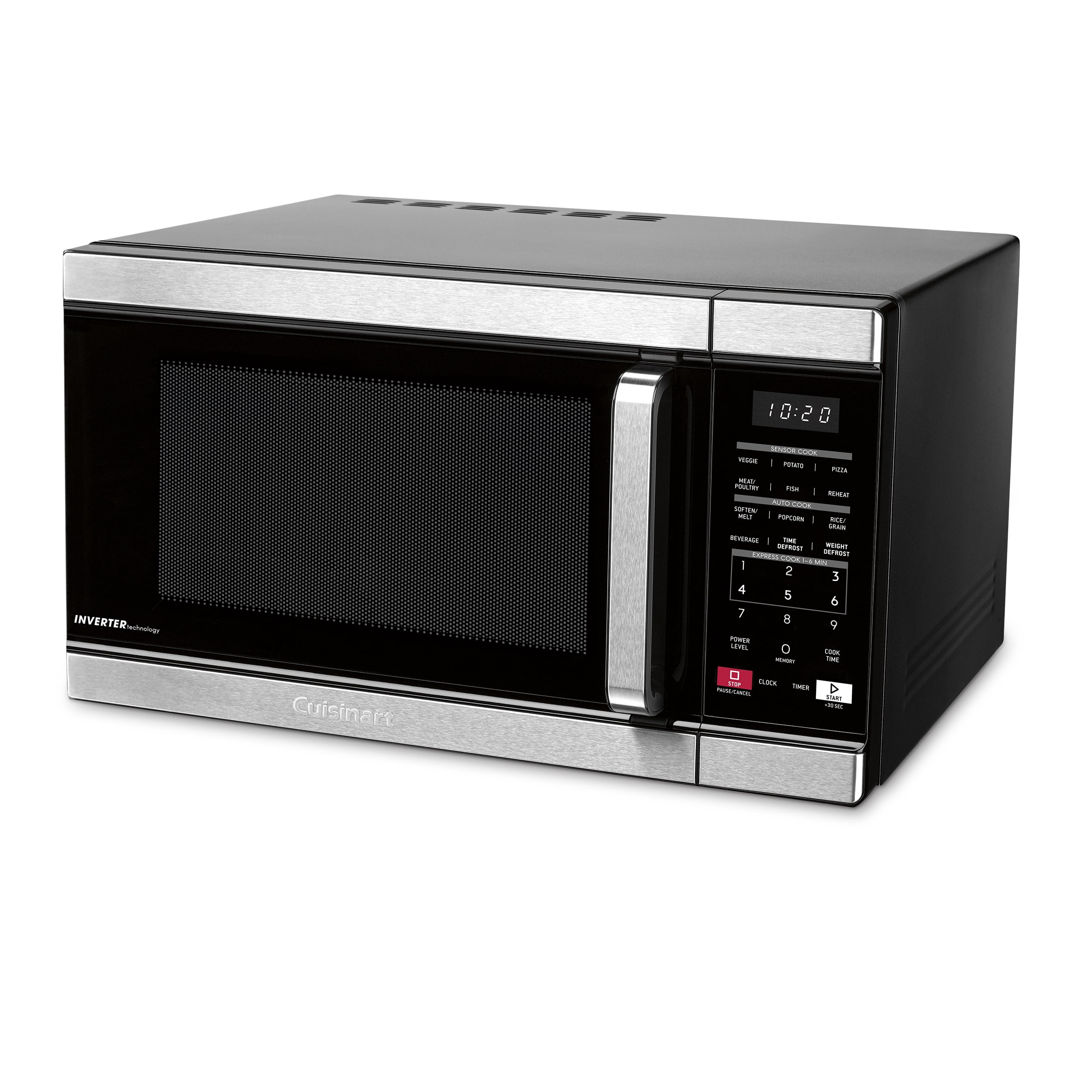In the realm of modern culinary technologies, microwave ovens have become ubiquitous household appliances, renowned for their speed and convenience in food preparation. However, an intriguing question arises: are microwave ovens particle accelerators? At first glance, this inquiry may appear to be a curious juxtaposition of everyday kitchen appliances with complex scientific instruments. Nevertheless, a deep dive into the principles underlying both technologies reveals noteworthy parallels and distinctions. This discussion aims to dissect these similarities and differences, exploring how the mechanics of microwave ovens relate to the sophisticated world of particle accelerators.
To understand the relationship between microwave ovens and particle accelerators, one must first comprehend their foundational principles. Microwave ovens function primarily through the use of electromagnetic radiation, specifically microwaves, which are part of the broader electromagnetic spectrum. These waves operate at frequencies between 300 MHz and 300 GHz, effectively agitating water molecules within food, thereby generating heat through dielectric heating. This mechanism facilitates rapid cooking and reheating, a feature that has made microwave ovens indispensable in the modern kitchen.
Conversely, particle accelerators are complex devices utilized in nuclear physics and high-energy particle physics. These accelerators propel charged particles, such as electrons or protons, to substantial fractions of the speed of light, achieved through electromagnetic fields. The primary goal of particle accelerators is to collide particles at high energies to investigate fundamental forces and particles, offering insights into the constituents of matter and the origins of the universe. The acceleration of particles generates high-energy collisions, which are pivotal in uncovering new particles and validating existing theoretical frameworks, including the Standard Model of particle physics.
Despite their distinctive purposes, both microwave ovens and particle accelerators employ electromagnetic waves. The significance of this commonality warrants examination. In microwave ovens, the generation of microwaves is facilitated by a device known as a magnetron. This crucial component converts electrical energy into microwave radiation, which is then emitted into the cooking chamber. Alternatively, particle accelerators often employ microwave technology as well, but in a significantly different context. They utilize microwave cavities to accelerate particles. These cavities resonate at specific frequencies, generating powerful electromagnetic fields that impart energy to the particles as they traverse the accelerator. Thus, one might contend that both devices manipulate electromagnetic waves, albeit in disparate manners and to achieve entirely divergent outcomes.
The implications of frequency and energy possessing both practical and theoretical significance further underscore the nuanced relationship between these two technologies. Microwaves, while effective for cooking food, operate at frequencies that are relatively low compared to those employed in particle accelerators. The latter accelerators harness higher frequency microwave radiation, enabling them to impart substantial kinetic energy to accelerated particles. The distinction in frequency culminates in vastly different energy landscapes, reflecting the underlying principles governing each appliance’s operation.
Moreover, examining the interactions that occur within each device reveals notable contrasts. In a microwave oven, the absorption of microwave radiation primarily induces vibrational excitation of water molecules, ultimately resulting in the thermal energy that cooks food. This interaction is fundamentally a thermal process, characterized by the transfer of energy to the particles in a localized manner. In contrast, within a particle accelerator, the targeted acceleration of particles involves intricate interactions governed by quantum electrodynamics and the interplay of fundamental forces. The collisions that ensue from accelerated particles can yield a plethora of subatomic phenomena, including the production of exotic particles or even the observation of events deviating from traditional physics predictions.
It is imperative to acknowledge the safety considerations associated with both forms of technology. Microwave ovens are designed with safety features to prevent the escape of microwave radiation, as such radiation could be harmful to biological tissues. Particle accelerators, too, employ stringent safety protocols to shield operators and the surrounding environment from the high-energy particles they generate. Furthermore, while kitchens around the world commonly utilize microwave ovens, access to particle accelerators is predominantly restricted to specialized facilities, underscoring the divergence in their ethical and operational frameworks.
As one contemplates the broader implications of this discourse, the question may arise: what does this comparative study reveal about our understanding of technology? Firstly, it highlights the versatility of electromagnetic waves in various applications, transcending categories of utility. Secondly, it underscores the interplay between simplicity and complexity in engineering design. Microwave ovens exhibit a user-friendly interface and straightforward operational principles, while particle accelerators exemplify high-concept engineering marked by sophisticated controls and advanced physics.
In synthesizing these disparate elements of microwave ovens and particle accelerators, one can conclude that while these devices share a fundamental reliance on electromagnetic principles, they serve vastly different purposes in scientific and culinary realms. The invitation to conceptualize microwave ovens as rudimentary particle accelerators, although provocative, ultimately reveals more about our fascination with technology than about the practical realities of their operations. As we navigate this intricate landscape of engineering, physics, and culinary arts, the recognition of both commonalities and differences enriches our understanding of innovation and application across diverse domains.












